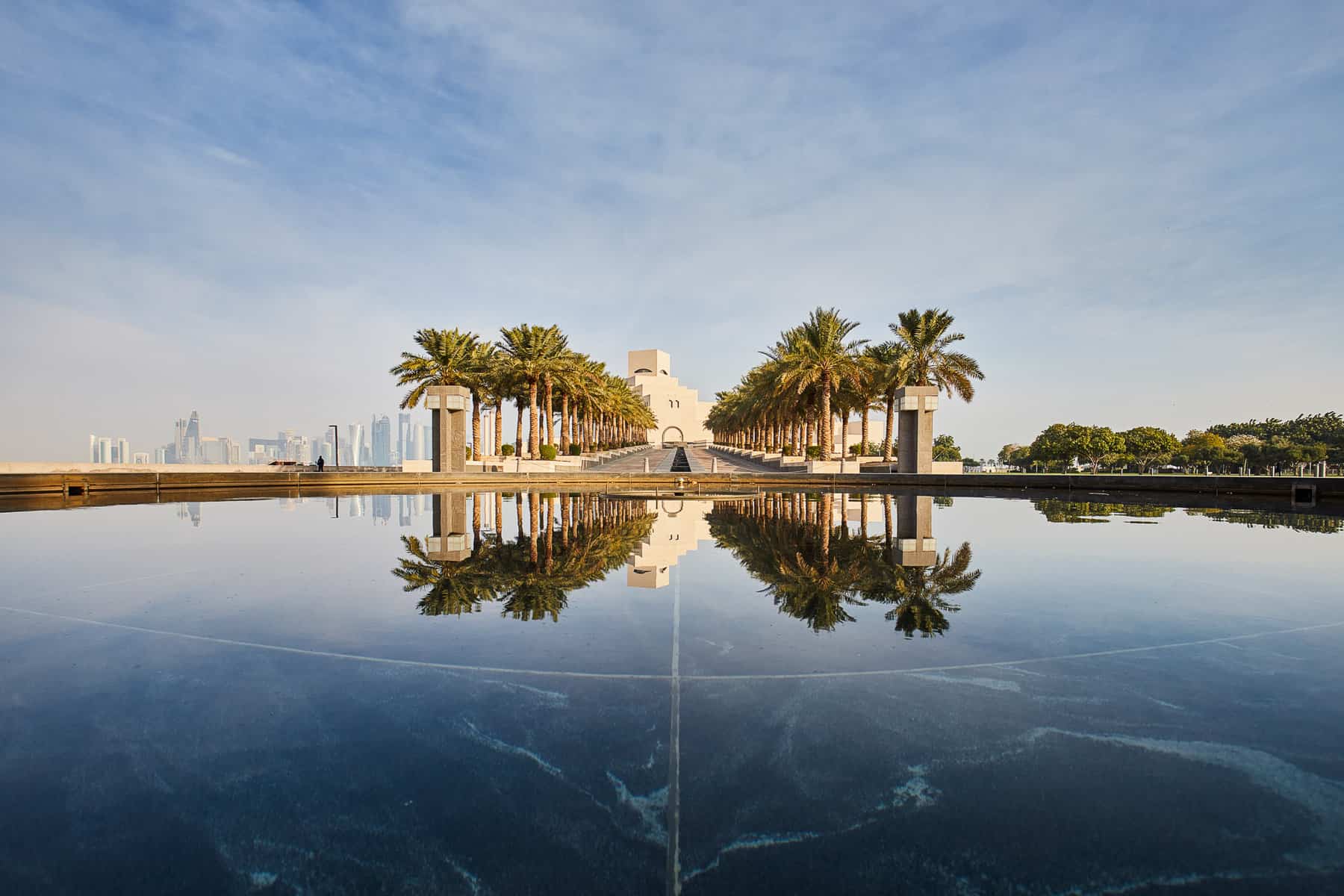Qatar successfully hosted the 2023 World Cup; the country is also set to host the Grand Prix 2023 Formula 1 and 2023 MotoGP Grand Prix in October and November 2023. GCC countries contribute to 60% of global outbound tourism and what’s even more interesting is the fact that these travellers contribute to 75% of total international tourism expenditure from the Middle East.
In an interview Philip Dickinson, VP- International Markets, Qatar Tourism, shares more.

Travel Daily (TD): As the first Middle Eastern country to host the World Cup, Qatar, how was the response and how have the tourist numbers grown? Can you shed light on statistics?
Philip Dickinson (PD): It was a fantastic World Cup, with ground-breaking statistics and memorable experiences for fans. Guests had a great time both on and off the pitch. The compact size of the event benefited fans, teams, and the media, which made it easier for people to travel and see numerous matches in a day. India came in second only to Saudi Arabia in terms of tournament attendance.
According to FIFA, the total stadium attendance was 2.45 million, with an average rise of 96% occupancy in each game. Over 60,000 Indian fans travelled to Qatar for the tournament last year.
Despite the usage of digital screens, viewership increased by around 11% in India throughout the first 48 matches and by 51% during the first 19 matches. Aside from the official tournament locations, Doha’s Fan Festivals has seen over 2 million visitors since the tournament began. India has been one of the top countries in terms of FIFA World Cup TM investment.
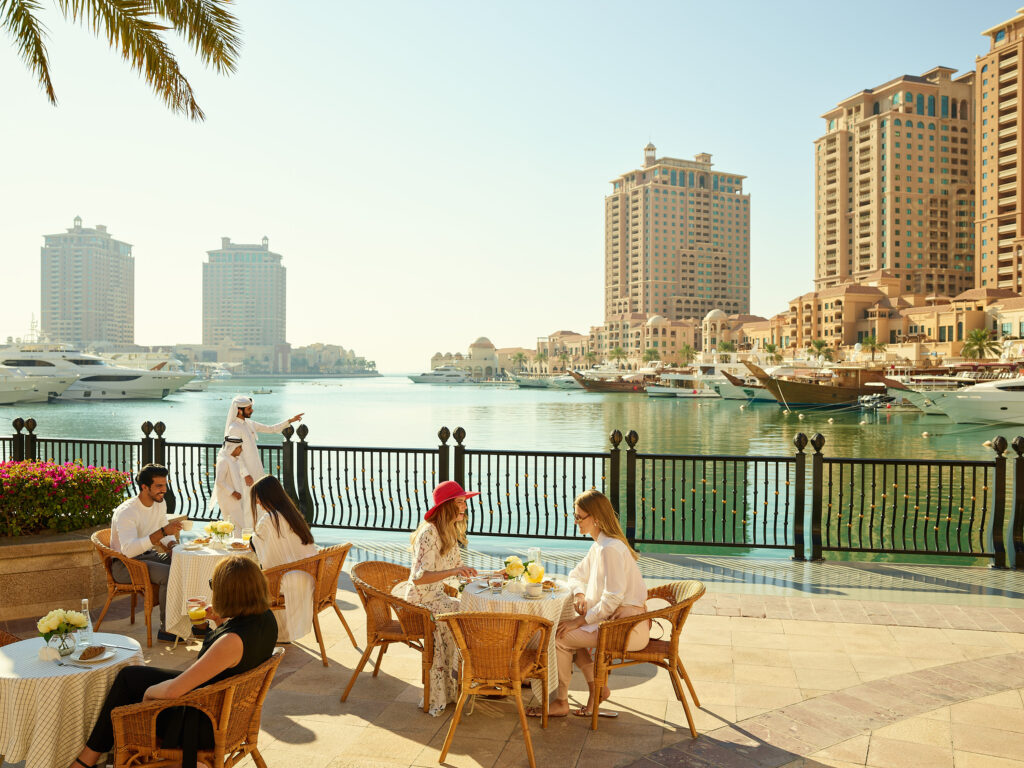
TD: Post the World Cup, what have you done to keep the momentum of tourists’ growing?
PD: Ahead of the tournament, a lot of new projects opened to accommodate and entertain the guests. Apart from the 150 new hotels that the world cup spectators lived in, the country opened various other attractions and has a mix of events lined up to launch and inaugurate.
Some of the new attractions that have opened include:
Lusail Winter Wonderland: For the first time ever, the world-famous Winter Wonderland festival arrived on Qatar’s shores.
Al Maha Island: Al Maha Island features high-end restaurants including Zuma, LPM, Billionaire and Carbone.
Lusail Boulevard: Located in the heart of Lusail, this dynamic and diverse shopping, commercial and residential area is set to become the Champs-Elysees of the Middle East.
Qetaifan Island North: A distinct attraction featuring a state-of-the-art waterpark, luxurious hotels, premium accommodation and world class facilities.
Corinthia Yacht Club: The private club offers exclusive invitation-only membership, the first of its kind in Qatar.
West Walk: West Walk is Doha’s newest urban lifestyle neighbourhood, located in the heart of Al Waab. The neighbourhood is designed to meet the needs of modern living by combining residential, retail, and leisure facilities to create the ideal live-work-play environment.
Other than these, several beaches & beach clubs, art and culture attractions, and shopping areas are set to open in Qatar in the coming years. The country is also set to host the Grand Prix 2023 Formula 1 and 2023 MotoGP Grand Prix in October and November 2023, respectively.
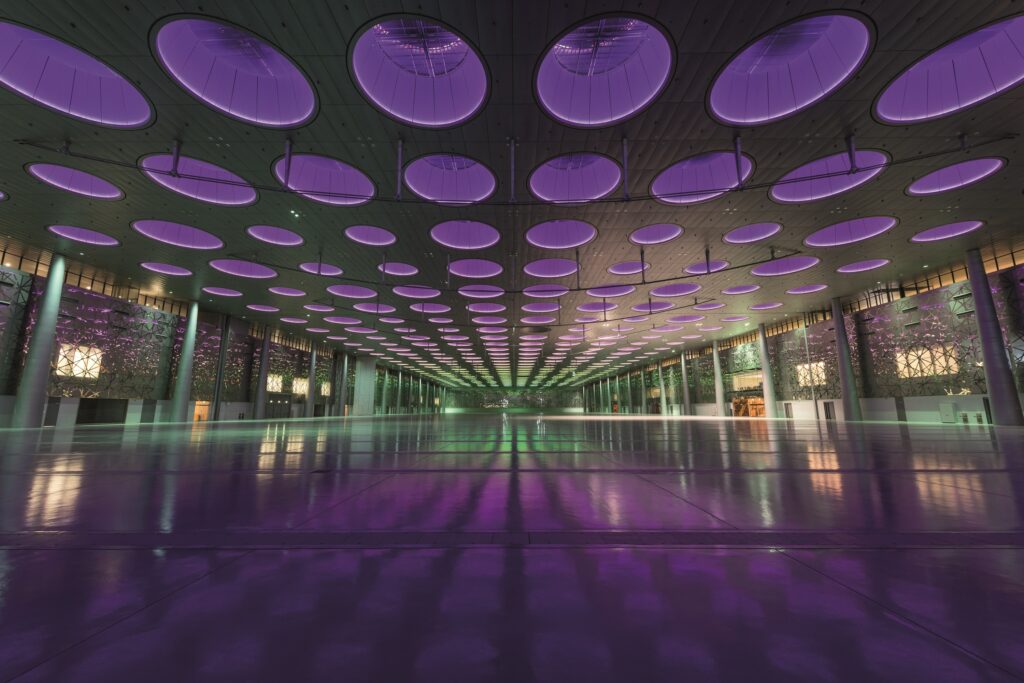
TD: What is the essence of your MICE tourism strategy? As a destination what are your offerings for big conferences? Which main events are lined up for 2023 and 2024?
PD: Qatar is well-equipped to accommodate any type of corporate event, from a small meeting of 10 to a convention of thousands. The options and preparedness of Qatar, forms the essence of our MICE tourism strategy.
Every hotel in the country offers something unique to corporate groups. MICE contribute to 20% of our 2030 goal of 6 million and we are witnessing a steady movement in the segment. Some of the highlights include – purpose-built venues that offer state-of-the-art facilities and great flexibility to tailor the venue to their needs and save on set-up costs; in addition, Qatar is home to a host of community centres and cultural sites which double up as unconventional meeting spaces and event venues. Some of these are, Msheireb Downtown, Msheireb Museums, Zubarah Fort, Al Shaqab Equestrian Center, Lusail Boulevard and Museum of Islamic Art. Qatar Tourism also has a very sound subvention support program which is offered to Corporates. Our representation offices in each market actively support trade partners with queries and information. Furthermore, the national carrier Qatar Airways offers the QMICE program under which businesses can expect attractive fares for group movements to Qatar.
India’s MICE market has significant potential and is a key driver for Qatar. Qatar offers visa-on-arrival entry to Indian passport holders. In terms of upcoming events, in 2023, Qatar hosted some large-scale Indian weddings, several corporate groups, and other grand events from India. The destination has seen over 1 million visitors in the first quarter of 2023 alone and has an exciting line-up in place for the rest of 2023 and 2024. The country is also set to host the Grand Prix 2023 Formula 1 and 2023 MotoGP Grand Prix in October and November 2023, respectively.
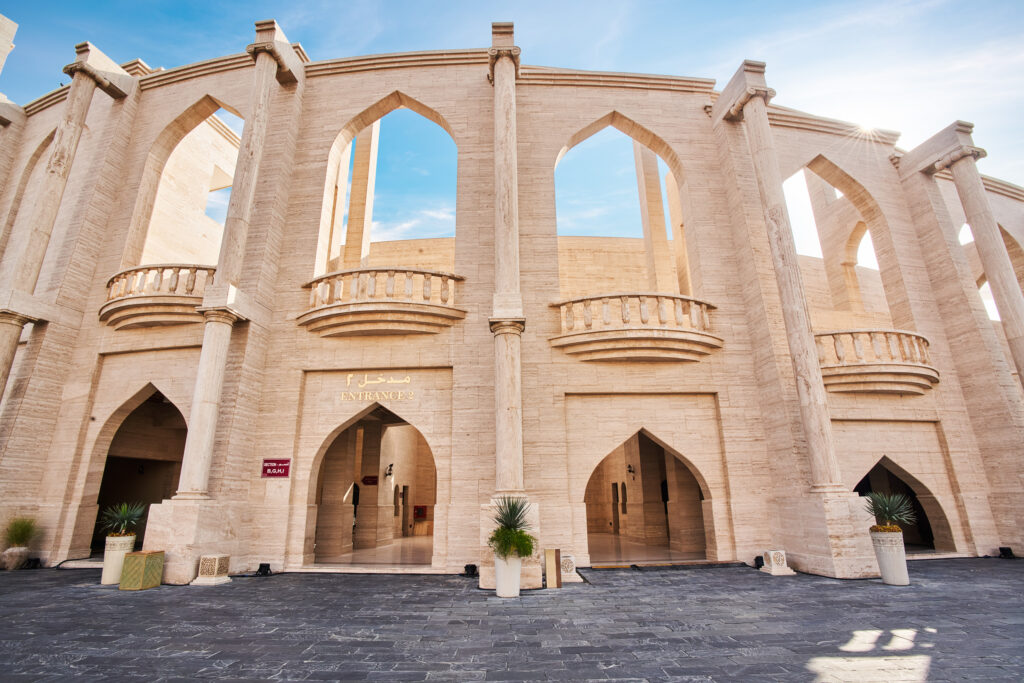
TD: Which countries are your main source markets and what are the prospective ones?
PD: According to data given by Research and Markets, the GCC outbound travel and tourism industry is expected to rise at a considerable CAGR between 2021 and 2028. With seamless connection, low-cost international airfare, and travel packages, arrivals from the GCC into other destinations are likely to rise. The GCC region is a significant source market for us along with India.
The Gulf Cooperation Council (GCC) is one of the world’s fastest-growing tourism source economies and an exceptionally rewarding market for global tourism. GCC countries contribute to 60% of global outbound tourism and what’s even more interesting is the fact that these travellers contribute to 75% of total international tourism expenditure from the Middle East. Moreover, its 54-million-strong population presents further potential. GCC travellers are renowned to be high spenders. The GCC region, followed by India are our main source markets.
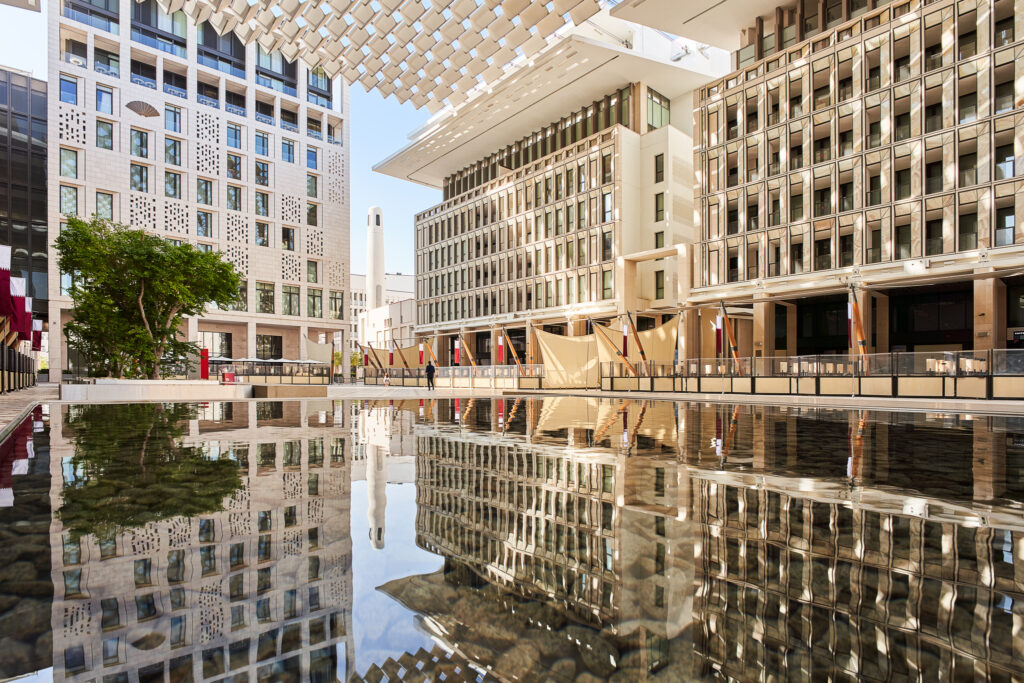
TD: How easy or difficult is it to get a visa to Qatar? Kindly throw light on current air connectivity between Asian destinations and Qatar?
PD: Qatar welcomes all travellers, and guests from over 95 countries, including India, can enter visa-free, for a period of 30 days. The country’s proximity is an average of 3-5 hours flight distance from anywhere in the world. Thanks to a host of visa facilitation measures, Qatar is now the most open country in the Middle East. The visa application process for all other nationalities is simple with the refreshed Hayya platform. The national carrier, Qatar Airways, connects Doha to more than 160 destinations across six continents.
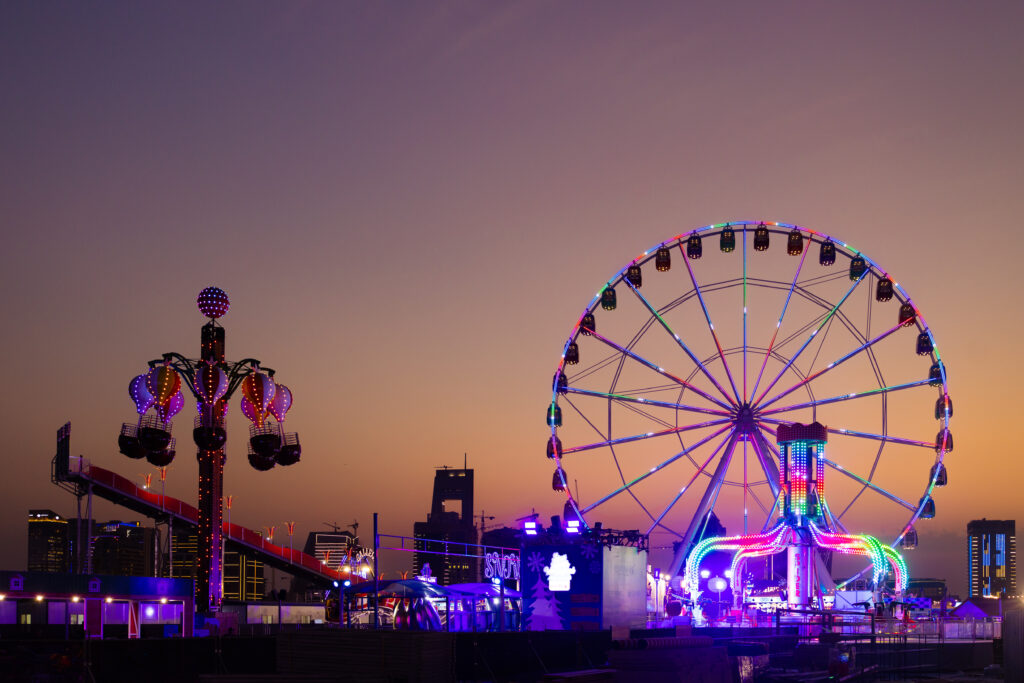
TD: What can Qatar offer to B2B (travel and trade clients in Asia)? How are you planning to target the B2B market?
PD: Qatar is making investments in advertising, incentive programmes, strategic commercial alliances, and effective on-the-ground outreach along with active participation in road shows, networking events, and trade shows at key source markets.

